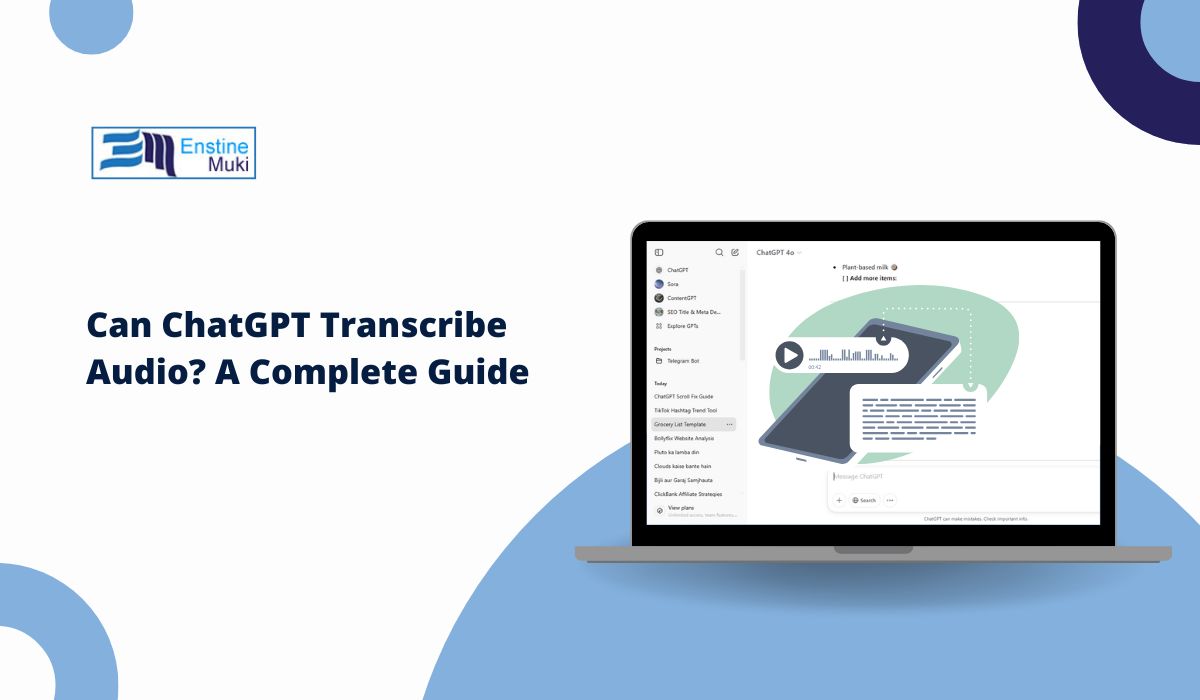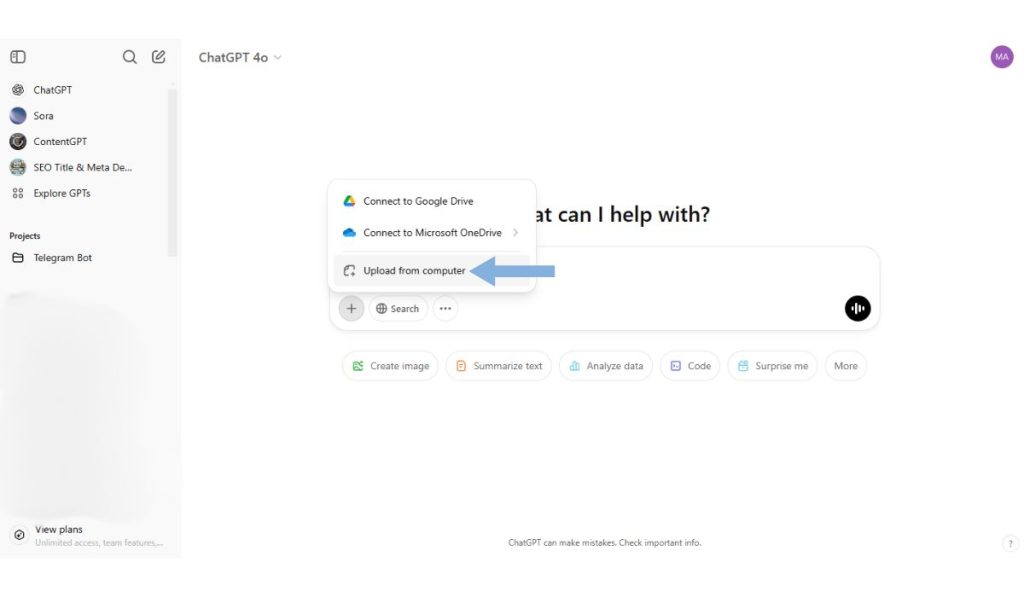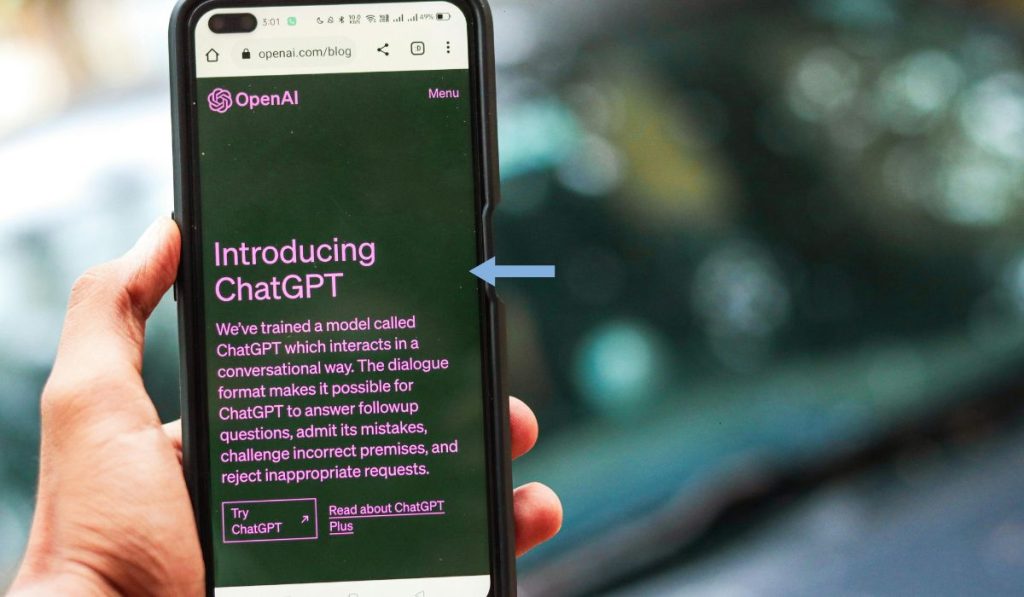Yes, ChatGPT can transcribe audio files into text, but it does so using OpenAI’s Whisper API. Whisper is a powerful automatic speech recognition (ASR) system designed to convert spoken words into written text accurately. In this article, we’ll walk you through the process, supported formats, limitations, and tips to prepare your audio or video files for transcription.
How Does ChatGPT Transcribe Audio?
ChatGPT itself doesn’t directly process audio files. Instead, it collaborates with OpenAI’s Whisper API to handle speech-to-text tasks. Here’s how the process works:
- Open ChatGPT: Launch the ChatGPT interface on your preferred device.
- Upload an Audio File: Provide the audio file you want to transcribe.
- Whisper API Processing: ChatGPT sends the file to Whisper.
- Speech-to-Text Conversion: Whisper analyzes the audio, detects speech patterns, and generates a text transcript.
- Text Response Generation: ChatGPT processes the transcript to provide readable text or analyze the content if needed.
Tip: This process requires the Whisper API integration, which might not be available in the standard ChatGPT interface.
Supported Audio Formats
OpenAI Whisper supports a wide range of common audio formats to facilitate transcription tasks. The supported formats include:
- MP3: Commonly used for music and podcasts.
- MP4: Multimedia files with both audio and video.
- MPEG: A popular format for audio compression.
- M4A: Standard for iOS devices.
- WAV: High-quality audio without compression.
- WEBM: Often used for web-based audio streams.
- MPGA: General-purpose MPEG audio.
Pro Tip: Choose formats like WAV for better accuracy due to higher sound clarity.
Limitations and Challenges
While ChatGPT with Whisper API provides a reliable transcription solution, it’s not without its challenges:
- Audio Quality Issues: Poor quality, noise, or low volume can cause errors.
- Context Understanding: ChatGPT can’t interpret tone or non-verbal cues.
- Technical Jargon: Struggles with specialized vocabulary.
- Speaker Identification: Multiple voices can confuse transcription.
- Accent and Dialect Variability: Uncommon accents may reduce accuracy.
- Background Noise Sensitivity: Distortions affect text output.
How to Prepare a Video for Transcription
Preparing your audio or video content correctly can improve transcription accuracy. Follow these best practices:
- Ensure Clear Audio: Minimize background noise and use quality microphones when recording.
- Break Down Long Files: Split lengthy audio files into smaller segments for better processing.
- Identify Multiple Speakers: Use speaker tags if the content involves different individuals.
- Use Supported Formats: Stick to Whisper-compatible formats like MP3 or WAV for smoother transcription.
Tip: Test a short sample first to check the quality of transcription before submitting longer files.
The Future of ChatGPT in Audio Transcription
OpenAI continues to innovate in the realm of natural language processing (NLP) and automatic speech recognition. Future versions of ChatGPT might include native audio processing capabilities without relying on external APIs like Whisper.
Fun Fact: Whisper’s model has been trained on diverse datasets, including multilingual content, enabling transcription across different languages and accents.
Conclusion
ChatGPT, in combination with OpenAI’s Whisper API, can effectively transcribe audio into text. While ChatGPT alone can’t process audio inputs, Whisper bridges this gap by converting speech into readable text. By preparing your files correctly and understanding the tool’s limitations, you can achieve accurate transcription results.
Try it out today and share your experiences in the comments!


